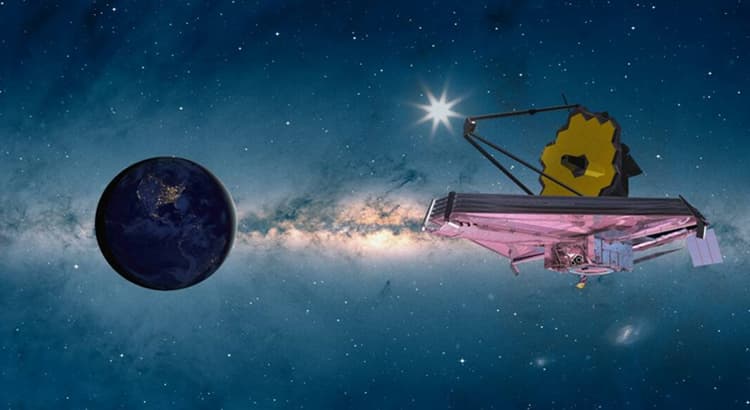Greetings, space enthusiasts! The launch of the James Webb Space Telescope (JWST) has ignited a sense of cosmic anticipation, and one burning question on everyone’s mind is: How many light years can Webb see?
Let’s embark on a celestial exploration to unveil the impressive capabilities of this groundbreaking telescope and ponder the astronomical wonders it might reveal.
First and foremost, let’s acknowledge the sheer technological prowess encapsulated in the James Webb Space Telescope. Positioned at the second Lagrange point (L2), approximately 1.5 million kilometers from Earth, JWST boasts an unobstructed view of the cosmos.
This strategic location, coupled with its advanced instruments, allows JWST to peer deep into space with unprecedented clarity and precision.
To answer the question at hand, JWST has the capability to observe objects that are billions of light years away. The telescope’s primary mission is to explore the universe in infrared wavelengths, providing a unique perspective that its predecessor, the Hubble Space Telescope, could only dream of achieving.
JWST’s ability to see across vast distances is attributed to its suite of advanced instruments, each designed to capture specific wavelengths of light. The Near-Infrared Camera (NIRCam), for instance, allows JWST to peer through cosmic dust clouds, providing a clearer view of distant galaxies and forming stars.
This capability opens a window to regions of the universe that were previously veiled from our gaze.
One of the key objectives of JWST is to study the atmospheres of exoplanets. With its Mid-Infrared Instrument (MIRI), the telescope can analyze the chemical composition of exoplanet atmospheres, offering crucial insights into the potential habitability of these distant worlds.
The ability to scrutinize exoplanets located light years away positions JWST as a pioneer in the search for extraterrestrial life.
The Webb Space Telescope’s Deep Field Observations are another awe-inspiring facet of its mission.
By staring into a seemingly empty patch of sky for extended periods, JWST aims to capture the faint light emitted by the most distant galaxies, stretching the limits of our observational capabilities and providing a glimpse into the early stages of cosmic evolution.
Now, it’s essential to grasp the enormity of the distances we are discussing. A light year, the distance light travels in one year, is approximately 5.88 trillion miles (9.46 trillion kilometers).
When we talk about JWST seeing objects billions of light years away, we are delving into cosmic realms that stretch the boundaries of human comprehension.
As we eagerly await the first scientific observations from JWST, it’s worth reflecting on the transformative impact this telescope is poised to have on our understanding of the universe.
The ability to peer across vast cosmic distances not only enhances our knowledge of the cosmos but also fuels the imagination, sparking new questions and inspiring future generations of astronomers, scientists, and dreamers.
In conclusion, the question, “How many light years can Webb see?” invites us to contemplate the vastness of the cosmos and the incredible capabilities of the James Webb Space Telescope.
Positioned at the forefront of astronomical exploration, JWST promises to unravel cosmic mysteries and redefine our understanding of the universe.
As the telescope begins its mission, we stand on the brink of a new era in space exploration, where the limits of our vision are pushed to unprecedented horizons.
The cosmos awaits, and with JWST as our cosmic lens, the journey promises to be nothing short of extraordinary. Happy stargazing!





